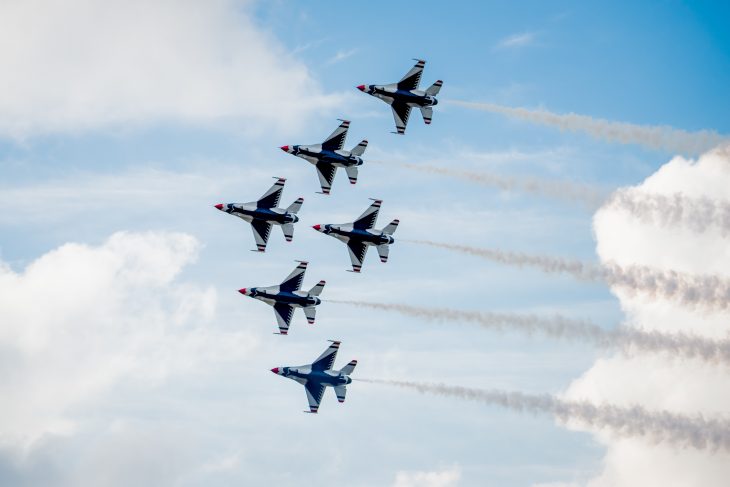
Planes are one of humanity’s greatest inventions. They have allowed us to travel to places we couldn’t have reached before. Interestingly, they have also made our world smaller. Journeys that originally would have taken weeks or even months could now be finished in a day or less. Such fast travels are the result of technological advancements in aircraft design and engines. But whether you’re an Avgeek (aviation fan) or just someone casually interested in planes, you may have wondered at some point: just exactly how fast do planes fly?
How Fast Do Commercial Planes Fly?
Jet airliners, such as the Boeing 737 and the Airbus A320, tend to fly at around 800 to 850 kph (497 mph to 528 mph). That may seem fast, and while it is, airliners have gone even faster. Jet aircraft are designed to have a maximum speed of just over 1,000 kph (621.4 mph).
Private jets fly at similar speeds to airliners, with the fastest private jet (the Cessna Citation X) having a top speed of 1,127 kph (700 mph).
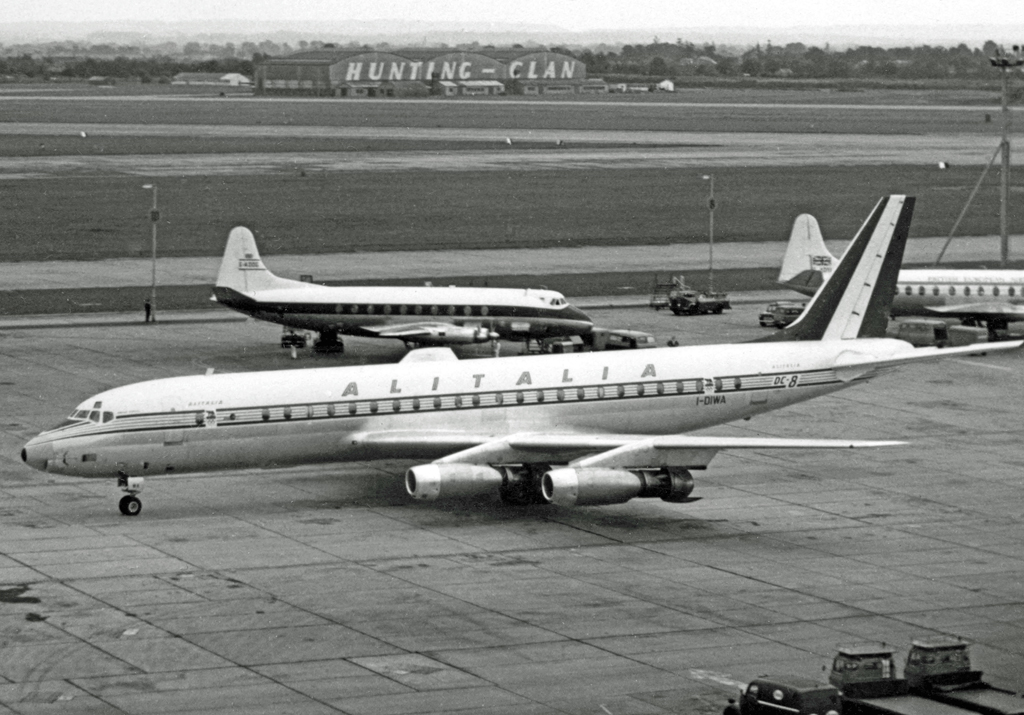
Can Commercial Planes Fly Supersonic?
There have been instances where regular planes have flown close to or even past the speed of sound. Speeds near or beyond the speed of sound are measured in Mach numbers. For example, an object (like a plane) at the speed of sound would be moving at Mach 1. In 1961, a Douglas DC-8 reached a speed of Mach 1.012 (1,062 kph/660 mph) during a dive. On at least one occasion, the Boeing 747 may have flown past the speed of sound during a dive. In 1991, an Evergreen 747 cargo plane made a steep bank and approached supersonic speeds. While its ultimate top speed could not be determined, given the damage to the aircraft, it was widely believed that may have gone supersonic.
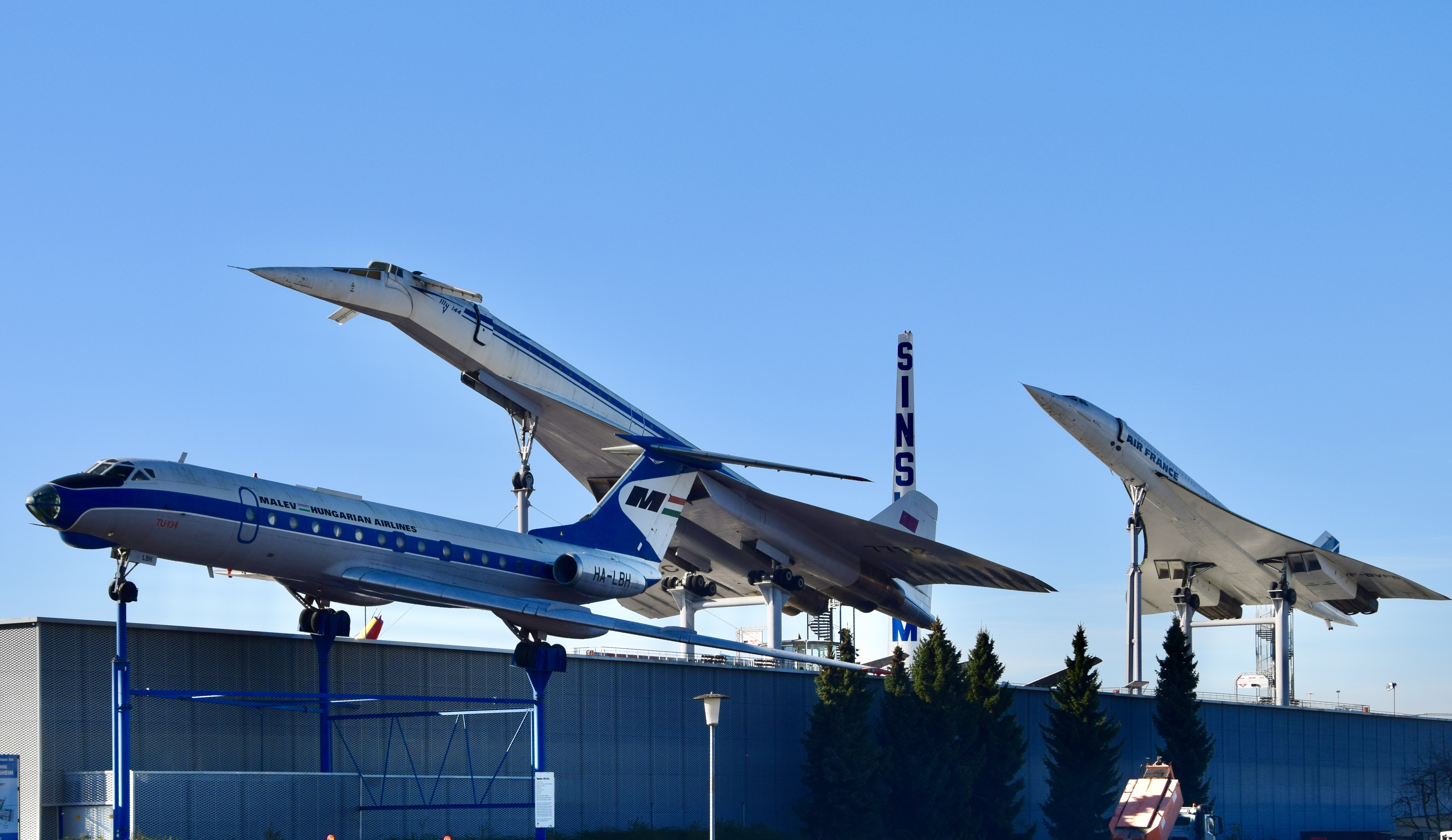
On the other hand, supersonic airliners such as Concorde and the Tupolev Tu-144 were designed to break the sound barrier on purpose. The Tu-144 first flew in 1968 (before Concorde), and was both larger and faster. It had a top speed of Mach 2.29 (2,828 kph/1757 mph). However, due to technical issues, the plane was woefully inefficient and unreliable. It was also disliked by its passengers due to its noise and rough flights. The plane ended up having a short service career. Concorde, which had a typical cruising speed of Mach 2.04 (2519 kph/1565 mph), enjoyed more success. Flights became a status symbol among the wealthy, celebrities, politicians, and enthusiasts. After over 30 years in service, Concorde was retired in 2003. Reasons for its retirement included fallout from a 2000 crash, followed by a post-9/11 travel downturn, rising fuel prices, and aging parts.
How Fast Do Propeller Planes Fly?

Propeller aircraft have come a long way from the humble Wright Flyer, which had a top speed of around 48 kph (30 mph). For example, the wildly popular Cessna 172 has a top speed of 302 kph (187.7 mph). Turboprop aircraft, which work similarly to jet aircraft but use a large propeller instead of fans, can reach even higher speeds. For example, the ATR-72, a popular regional turboprop airliner, has a top speed of 518 kph (321.9 mph).
Historically, propeller military aircraft had even higher speeds. British WW2 aircraft, such as the De Havilland Mosquito and Supermarine Spitfire, had top speeds of around 600 kph (372.8 mph) or higher. The P-51 Mustang had a top speed of 703 kph (436.82 mph). The Republic XF-84H Thunderscreech experimental plane was designed to break supersonic speeds, but due to technical issues was never able to do so.
The fastest propeller aircraft ever built are the Tupolev Tu-95 “Bear” bomber and its airliner derivative, the Tu-114. Both planes were capable of speeds beyond 900 kph (559.23 mph).
How Fast Do Military Planes Fly?
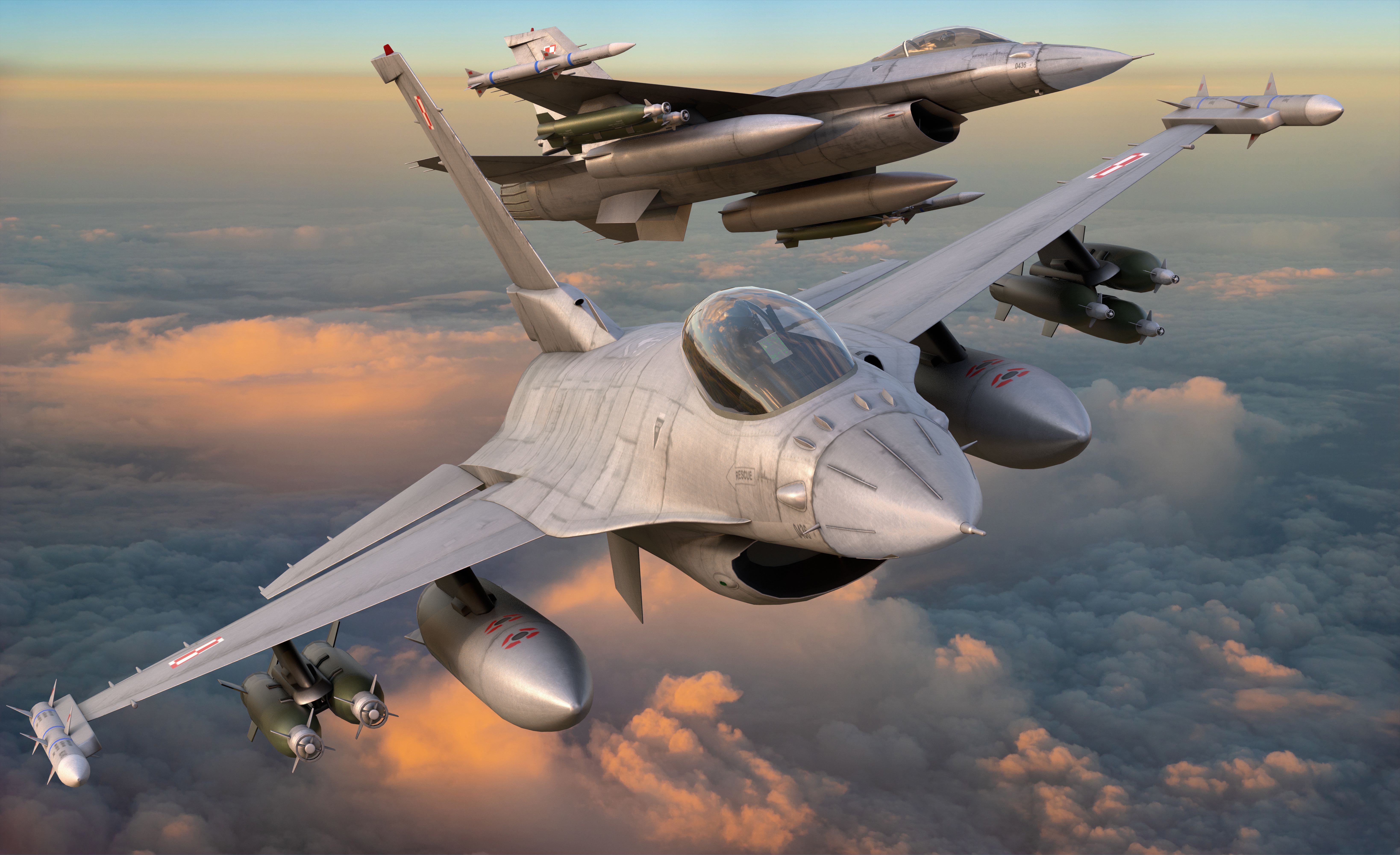
Military planes are some of the fastest aircraft ever built. Many fighter jets are capable of exceeding Mach 2, and some have even exceeded Mach 3. Common fighter jets such as the F-16 have top speeds of over 2,000 kph (1242.72 mph). Interceptor planes such as the MiG-25 and the MiG-31 could fly beyond 3,000 kph (1864.11 mph). The fastest air-breathing crewed plane, the Lockheed Martin SR-71, had an operational speed of Mach 3.2. Even faster is the experimental uncrewed NASA X-43 vehicle, which reached speeds of Mach 9.6.
What Is The Fastest A Plane Has Flown?
Ever since Chuck Yeager first broke the sound barrier in his Bell X-1 in 1947, breaking speed records became an object of fascination. As mentioned earlier, the fastest air-breathing plane, the SR-71, could fly beyond Mach 3. The X-43 reached speeds of up to Mach 9.6, although it was an uncrewed robotic test aircraft.
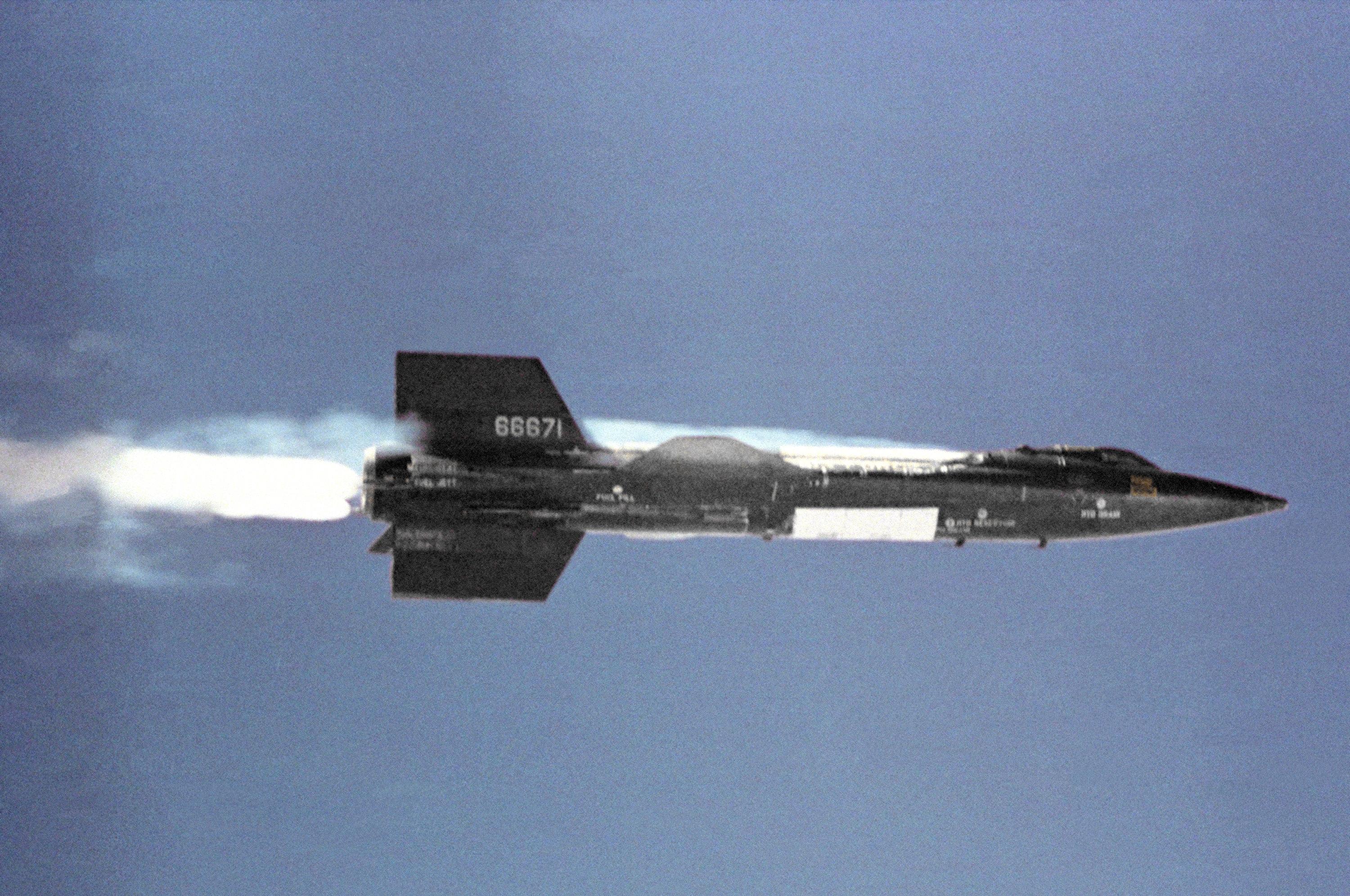
However, the speed record for a crewed aircraft belongs to the North American X-15. During tests, it reached a maximum speed of Mach 6.7. That’s 7,274 kph or 4,520 mph.
Although technically not a plane, the Space Shuttle was capable of even higher speeds. During the launch, it could reach speeds of up to 8,000 meters per second. That’s 28,000 kph or 17398.4 mph. During re-entry or the period when it returns from space, it “flew” at similar speeds, eventually being slowed down by air friction.
If you enjoyed this article, don’t miss our article on ‘How High Do Planes Fly?‘!
Was this page helpful?
Our commitment to delivering trustworthy and engaging content is at the heart of what we do. Each fact on our site is contributed by real users like you, bringing a wealth of diverse insights and information. To ensure the highest standards of accuracy and reliability, our dedicated editors meticulously review each submission. This process guarantees that the facts we share are not only fascinating but also credible. Trust in our commitment to quality and authenticity as you explore and learn with us.
